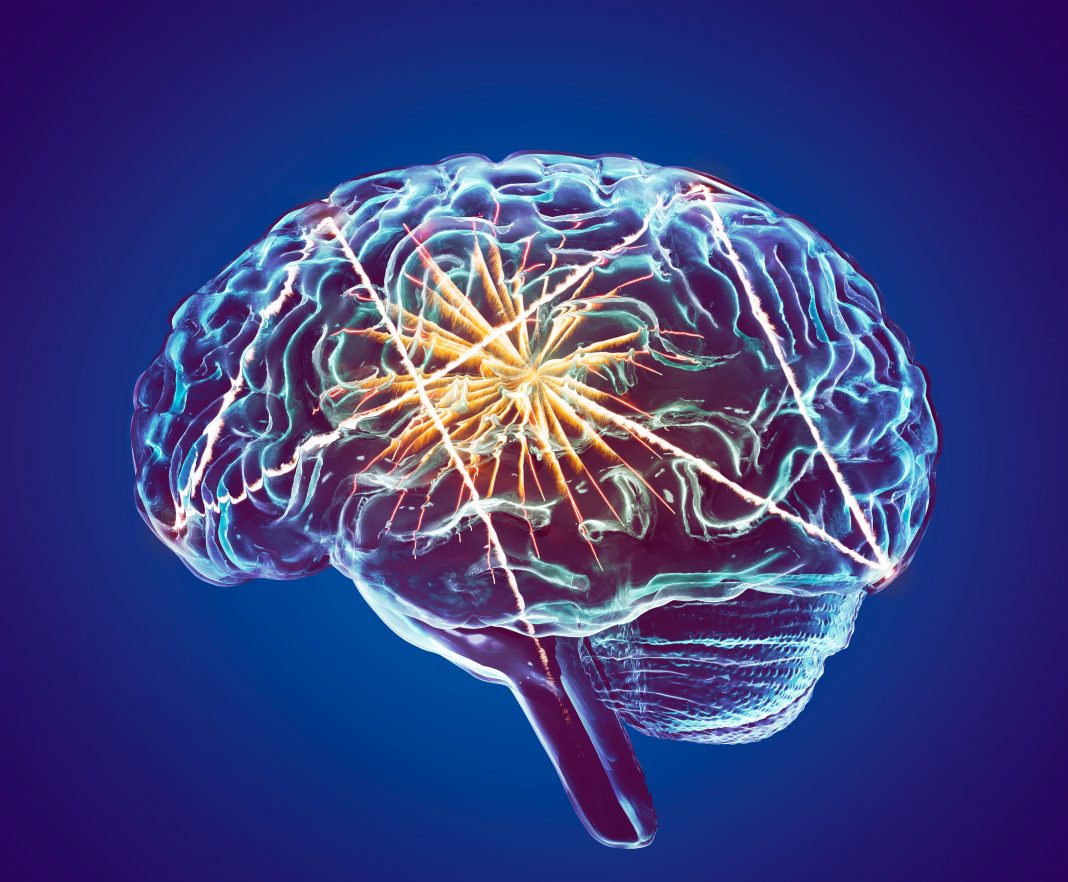Researchers from the Spanish National Research Council (CSIC) and the Spanish National Cancer Research Centre (CNIO) have discovered that when cancer spreads in the brain, it changes the brain’s chemistry and disrupts neuronal communication. These findings may explain why nearly half of all patients with brain metastasis experience cognitive impairment.
The new study is published in Cancer Cell in an article titled, “Machine learning identifies experimental brain metastasis subtypes based on their influence on neural circuits.”
“A high percentage of patients with brain metastases frequently develop neurocognitive symptoms; however, understanding how brain metastasis co-opts the function of neuronal circuits beyond a tumor mass effect remains unknown,” the researchers wrote. “We report a comprehensive multidimensional modeling of brain functional analyses in the context of brain metastasis. By testing different preclinical models of brain metastasis from various primary sources and oncogenic profiles, we dissociated the heterogeneous impact on local field potential oscillatory activity from cortical and hippocampal areas that we detected from the homogeneous inter-model tumor size or glial response.”
The researchers measured the electrical activity of the brains of mice with and without metastases and observed that the electrophysiological recordings of the two groups of animals with cancer were different from each other.
To confirm that the difference was attributable to metastases, the researchers turned to artificial intelligence. They trained an automatic algorithm with numerous electrophysiological recordings, and the model was able to identify the presence of metastases. The system was even able to distinguish metastases from different primary tumors—skin, lung, and breast cancer.
The results show that metastasis does affect the brain’s electrical activity in a specific way, leaving clear and recognizable signatures.
For the authors, the study represents a “paradigm shift” in the basic understanding of the development of brain metastases and has implications for the prevention, early diagnosis, and treatment of this pathology.
Manuel Valiente, head of the CNIO’s Brain Metastasis Group explained, “Our multidisciplinary study challenges the hitherto accepted assumption that neurological dysfunction, which is very common in patients with brain metastasis, is due solely to the mass effect of the tumor. We suggest that these symptoms are a consequence of changes in brain activity resulting from tumor-induced biochemical and molecular alterations. This is a paradigm shift that could have important implications for diagnosis and therapeutic strategies.”
Liset Menéndez de la Prida, director of the Laboratory of Neural Circuits at the Cajal Institute (CSIC), said: “Using machine learning, we have been able to integrate all the data to create a model that allows us to know whether there is or not metastasis in a brain, just by looking at its electrical activity. This computational approach may even be able to predict subtypes of brain metastases at an early stage. It is a completely pioneering work that opens up an unexplored path.”
The researchers are looking forward to finding drugs that protect the brain from cancer-induced disruptions in neuronal circuits. “We will look for molecules involved in metastasis-induced changes in neuronal communication, and evaluate them as possible therapeutic targets,” explained Valiente.



